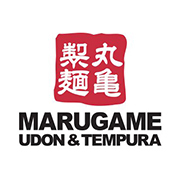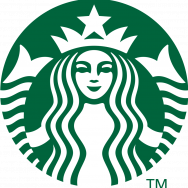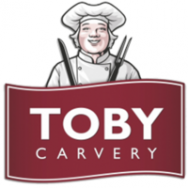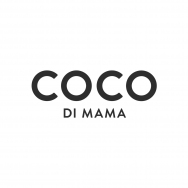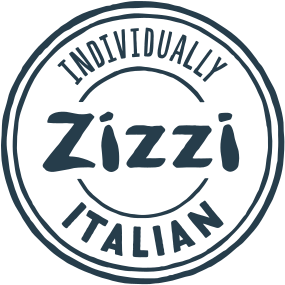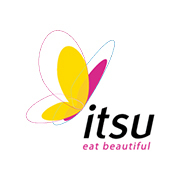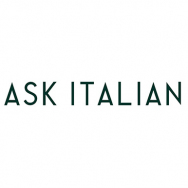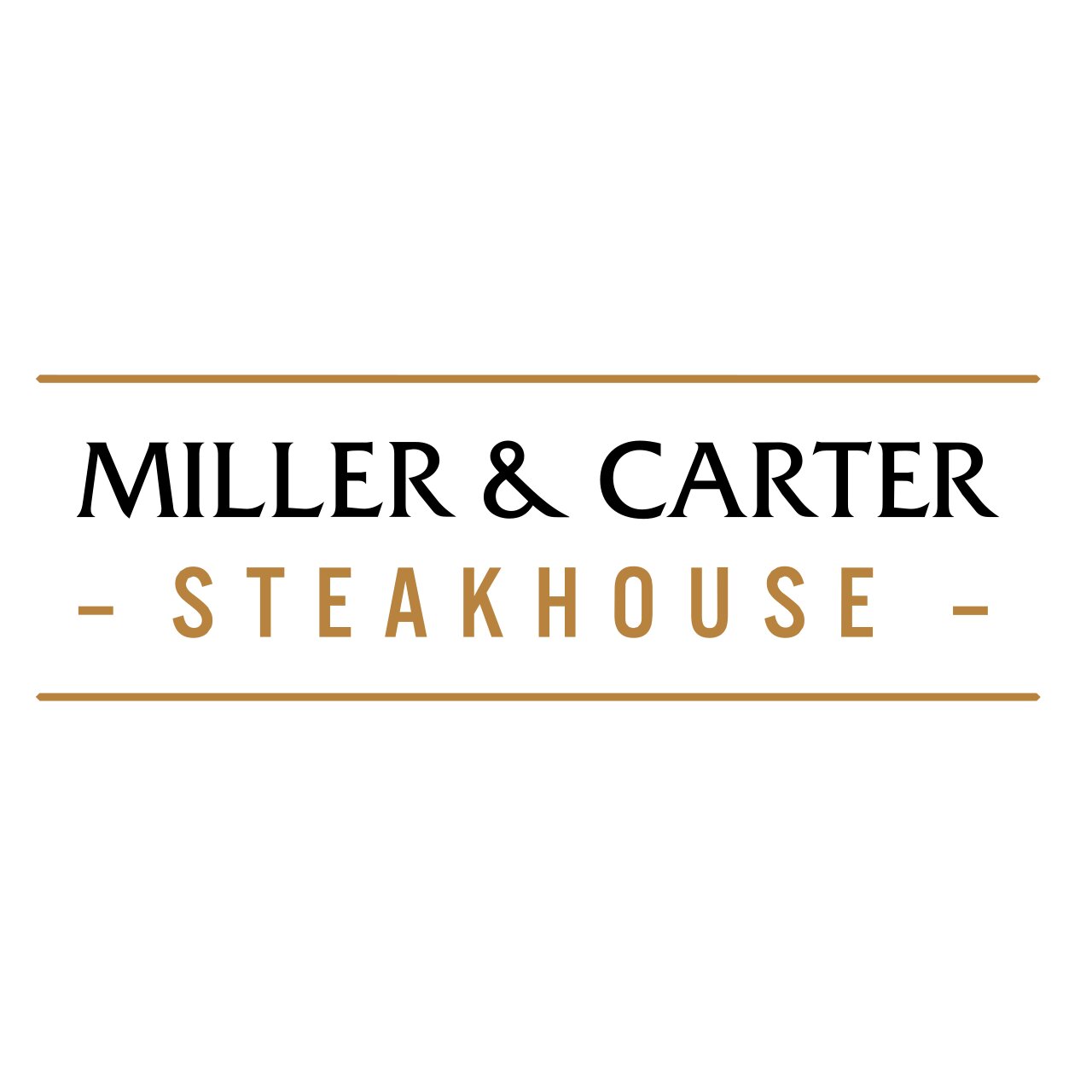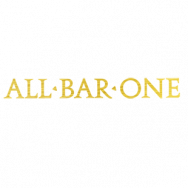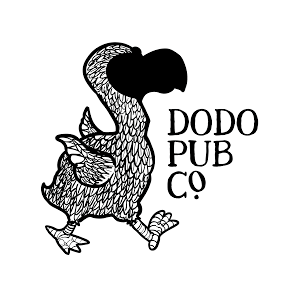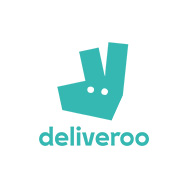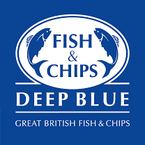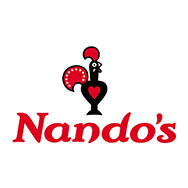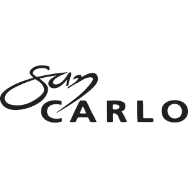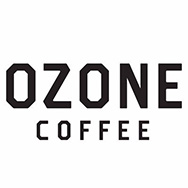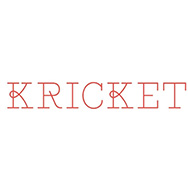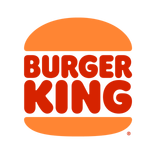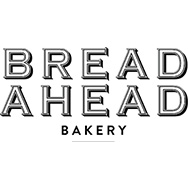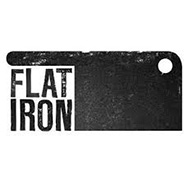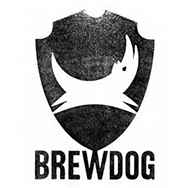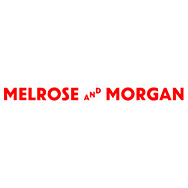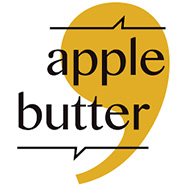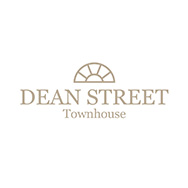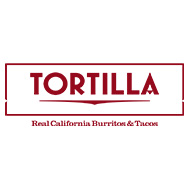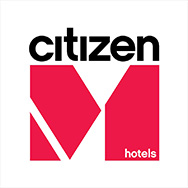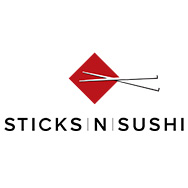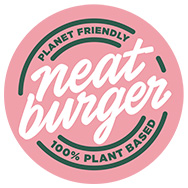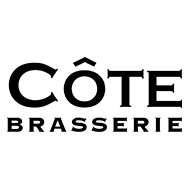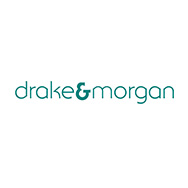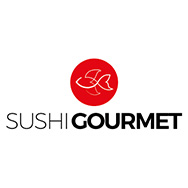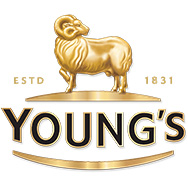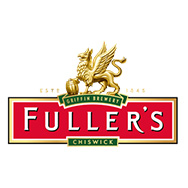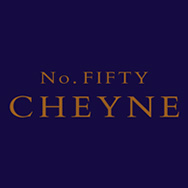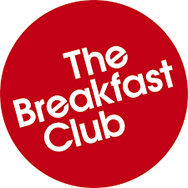
In April this year, new regulations on calorie labelling are coming into place.
Out-of-home (OOH) mandatory calorie labelling will begin, making calorie labelling mandatory on all items which are prepared and sold for immediate consumption by businesses and franchises of over 250 employees in England – and it’s recommended that smaller businesses introduce similar measures, too.
To help you understand the new piece of legislation, we are hosting a breakfast event on the morning of the 29th of March at Avenue, in Central London. Our team of experts will be on hand to answer any questions you may have and to provide the tools to help your business comply.
Event programme:
- 9.15 – 10.15: Breakfast + networking
- 10.15 – 11.15: Presentation
- 11.15 – 12:30: Hot drinks + networking
During the presentation we will cover the following:
- Legal requirements for the new law
- Who the law applies to and how it will be enforced
- Which food requires calorie labelling
- How to calculate calories and rules for displaying calorie information
- Software solutions to help businesses comply
We will cover as many of your queries as possible during a discussion at the end of the session.
This is a great opportunity to not only find out more about the new legislation but to speak to our experts directly. So make sure you join us on the day, we look forward to seeing you there!
REGISTER TO ATTEND
Pop your details below to book your spot for our Calorie Labelling Event!
Calorie Labelling FAQs
How calorie information should be displayed?
The basic calorie information that businesses must display is:
- The energy content of the food in kilocalories (kcal)
- Reference the size of the portion to which the calorie information relates
- Display the statement that ‘adults need around 2000 kcal a day’
Calorie Labelling, the reference to portion size, and the statement of daily calorie needs must be displayed clearly and prominently at the ‘point of choice’ for the customer; this is considered as any place where customers choose what food to buy.
For businesses where consumers may choose their food in several locations, such as a menu on the premises, a display case on the premises, and an online menu, businesses are required to provide calorie information at each point of choice.
There are two principal types of ‘point of choice’ a business should consider, and labelling requirements vary accordingly.
They are:
- Food chosen from a menu (such as paper menus, menu boards, electronic menus, online and third-party delivery app menus)
- Food chosen from items on display (such as display cases, shelves, and buffets)
The statement ‘adults need around 2000 kcal a day’ must be displayed on every page of the menu but is not required on children’s menu’s.
Which businesses fall into the 250+ employees parameters?
This has been a frequently asked question by our clients, who, for example, are either operating a café within a larger store or are part of a franchise.
Firstly what is an employee? The definition of an employee in the Regulations is someone who has a contract for full-time or part-time employment. Part-time employees should therefore be included as part of the headcount.
- Mass catering such as hospitals, care homes, and workplace canteens providing food for employees: In recognition of the possibility that some organisations may have small in-house catering operations compared to the overall size of their businesses, the regulations will exempt certain institutions except where their catering services are provided by another large business (with 250 or more employees).
- Educational institutions: Calorie labelling is not required in educational institutions for those over 18 years old when food is provided ‘in-house’. However, where the food is provided by another organisation with 250 or more employees (such as a contract caterer), calorie information must be displayed. Food served at schools and colleges for those under 18 will also be exempt from the proposals.
- Retail / leisure outlet café / restaurant: You have to comply with calorie labelling if the entire number of employees is more than 250 – not just the catering-related front and back of house staff
- Franchise operations: You have to comply with calorie labelling if the sum of employees operating under the franchise are over 250 and you are part of a branded chain and the business model of your operation including common food offer is dictated by the franchisor
NB: Casual and agency staff who do not work for you directly are not included in the total number. However, temporary staff that you employ directly would be included in the total.
Should calorie information be provided on children's menus?
Yes, just like menus for adults, calorie labelling on children’s menus is required. However, the statement ‘adults need around 2000 kcal a day’ should not be put on children’s menu’s as their calorie requirements differ to adults.
Do seasonal menus require calorie information?
Temporary items that are on the menu for less than 30 days (‘specials’) in a year will be exempt from the requirement;, therefore special occasion menus such as Valentine’s, Mother’s Day and Christmas menus will be exempt from requiring calorie information as long as the dishes are on the menu for less than 30 days per year.
What software solutions are available to help manage calorie labelling?
We appreciate that complying with the new Calorie Labelling legislation by 6th April is likely to be a daunting and time consuming task, so it’s good to know that Food Alert has this covered. We have access to laboratory testing facilities for accurate calorie analysis, and our integrated Smart Chef online recipe management system and PPDS label printing solution Smart Chef is designed to provide real-time food information at all your points of sale. You can create menu cycles, menus and recipes in one place and instantly update your allergen and nutritional data – reducing time, errors, and cost, whilst complying with your legal obligations. This solution integrates with our PPDS label printing solution for food prepacked for direct sale and takeaway products, offering a total.
Brands We Protect
From internationally recognised brands with sites all over the country to small, family-run independent businesses, our team of experts and customisable software can help.



